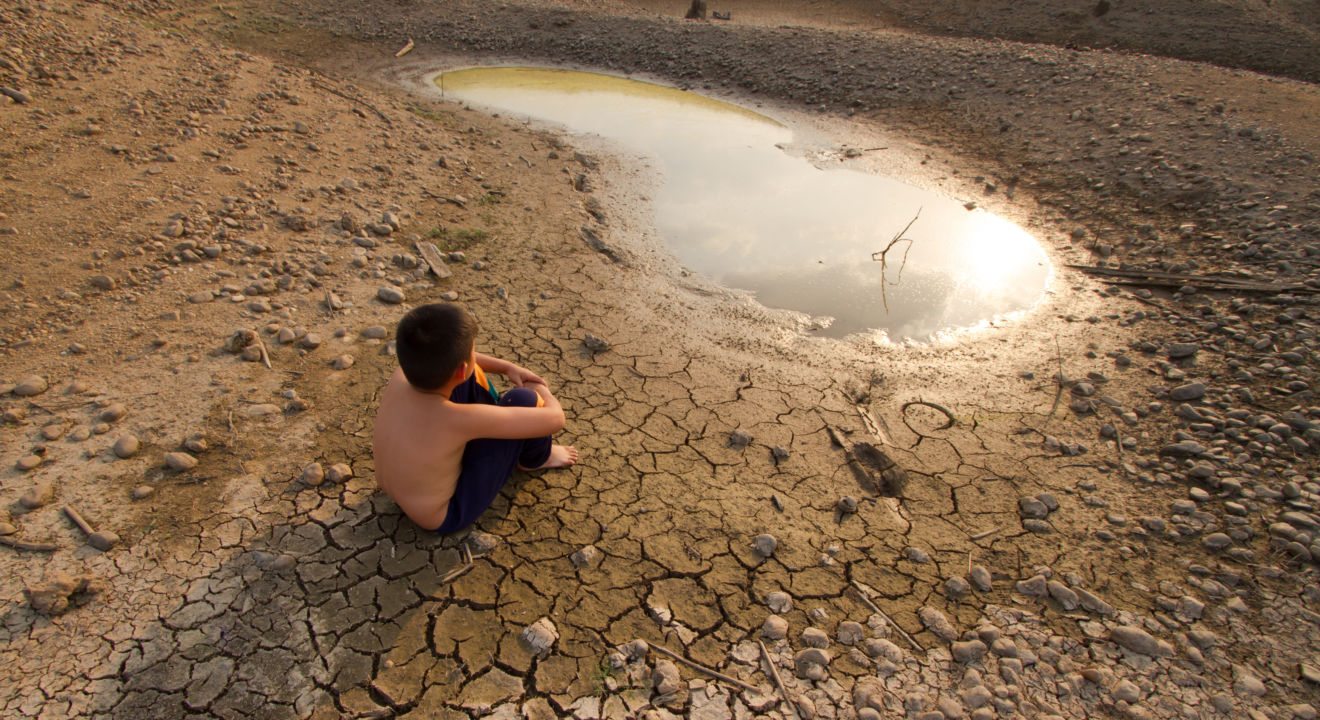Sustainability September 14, 2016


Inhale deeply. Now, exhale slowly. You just released carbon dioxide into the atmosphere.
Although not the most toxic and potent greenhouse gas, carbon dioxide is definitely the most widespread in the world. According to National Geographic, even if CO2 is a necessary greenhouse gas emitted by living things, it is a “main pollutant that is warming Earth.”
But if it’s an essential gas, then how is it polluting the Earth?
First, CO2 is required at certain levels because, when regulated, it has the ability to trap solar radiation and assist in controlling the earth’s temperature. This heat keeps the planet warm enough for living organisms to survive.
Paul Driessen from CFACT writes, “Carbon dioxide is truly the ‘gas of life,’ a miracle molecule.” If one were to remove CO2 from the environment, plants – including lake and ocean algae, phytoplankton, kelp and other water plants – would die. And reducing carbon dioxide by too much would also be dangerous for crops, animals and humans.
“The more carbon dioxide there is in the atmosphere, the more it is absorbed by plants of every description – helping them to grow faster, better and even under adverse conditions like limited water, extremely hot air temperatures or infestations of insects and other pests,” Driessen explains. Additionally, when crops are healthier and more robust, animals and humans “enjoy better nutrition.”
Moreover, carbon dioxide doesn’t just encourage plant growth, it also fights pollution. According to Driessen, carbon dioxide “reduces the harmful effects of pollutants like ozone and nitrous oxides in the air, or too much nitrogen fertilizer in the soil.”
Humans, however, burn fossil fuels such as oil and coal in order to power cars, power plants, planes and other man-made machines. Burning this fuel releases waste gases, including carbon dioxide. And, as more fuel is used to power our growing cities, more carbon dioxide is emitted into the environment. As CO2 collects in our atmosphere, it also increases the greenhouse effect.
To explain the greenhouse effect, the BBC writes, “Some gases in the atmosphere can trap escaping heat energy, causing some of it to pass back to the surface. These are called greenhouse gases, and they keep our planet warm, which is a good thing.” But, the problem with fossil fuel emissions is that “the extra carbon dioxide increases the greenhouse effect. More heat is trapped by the atmosphere, causing the planet to become warmer than it would be naturally.”
This then leads to what everyone today knows as global warming. This increase in global temperature has affected the earth’s wildlife. According to the National Wildlife Federation, global sea levels have increased at an “accelerating rate,” sea ice has declined by over 30 percent and oceans are getting more acidic. Because environments are changing, global warming is negatively affecting ecosystems and the organisms living on earth; eventually, it will start drastically affecting humans.
Now that the damage has been done, most people want to know how it can be reversed. But, it turns out that it is more complicated than simply “reversing” the effects. Aside from planting more trees, which are known to naturally eliminate CO2, the methods for removing carbon are very complex and expensive.
According to The Conversation, deleting carbon from the atmosphere can be done by an engineered ‘scrub’ that chemically absorbs CO2 directly from the air, then “recovers, purifies, compresses and liquefies it, so that it can be buried deep underground.”
But since that’s so expensive, what else can we do?
For now, the best advice out there is to reduce our emissions to reduce our carbon footprint. In order to do this, the Carbon Offsets To Alleviate Poverty (COTAP) website, suggests making lifestyle changes like finding alternatives to driving (if you can), saving energy in your home by using energy star appliances and even cutting your beef and dairy consumption. Although this won’t reduce the amount of harmful gases that have already built up in our atmosphere, it will help mitigate the damage humans are doing every day.